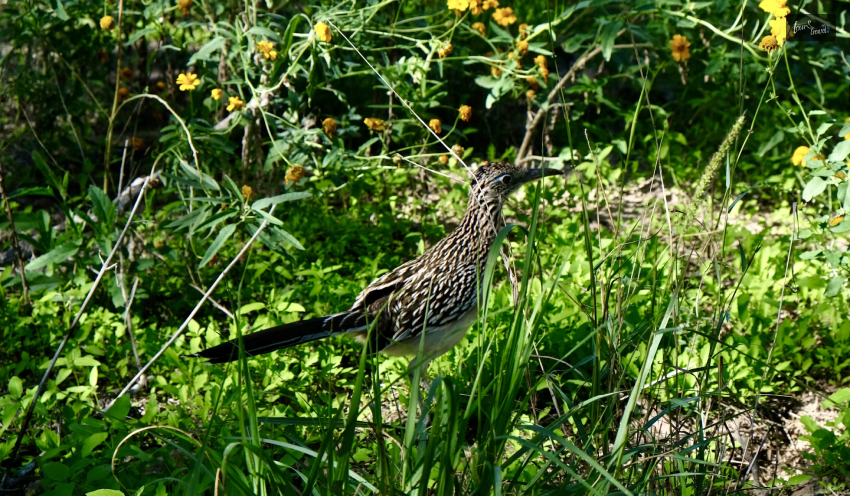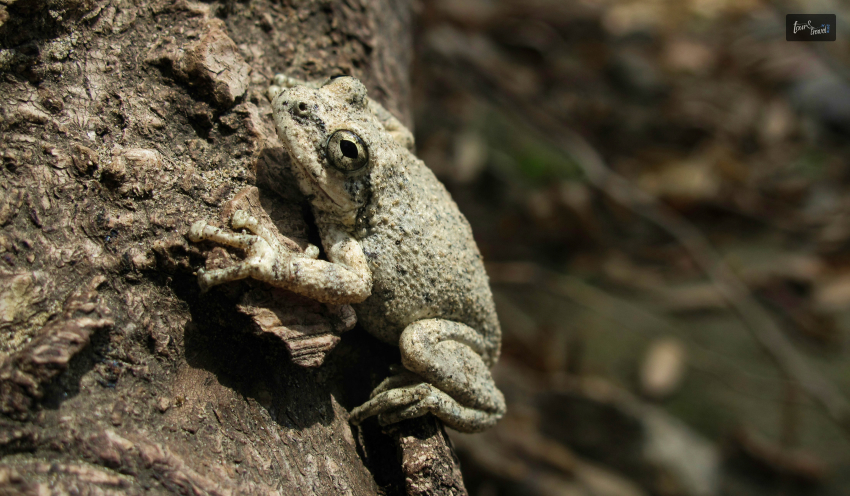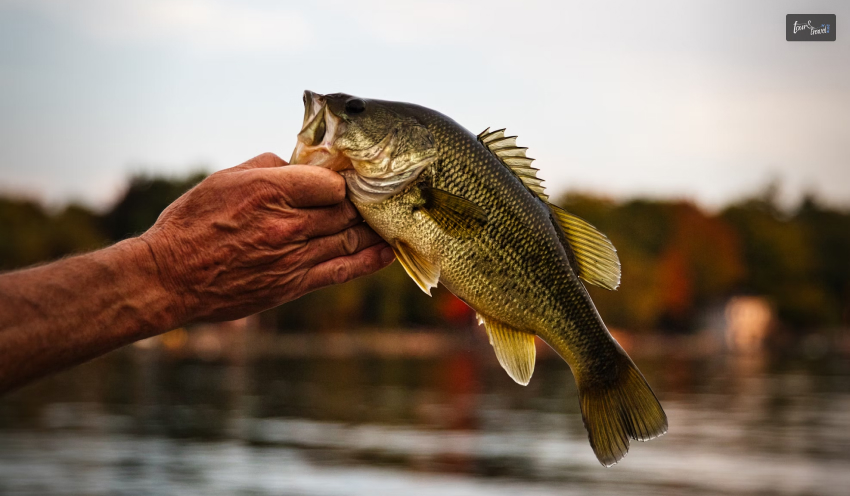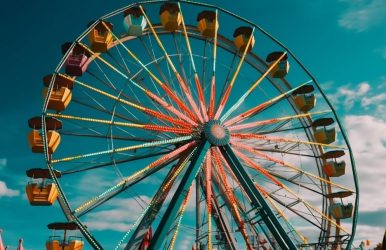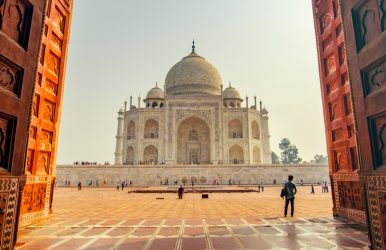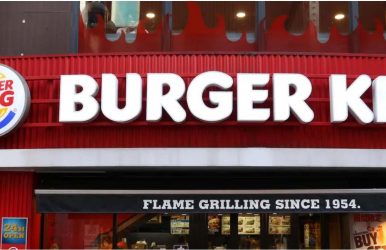9 Fun Activities You Should Add To Your Pigeon Forge Bucket List
BY Ankita Jan 10, 2024
Pigeon Forge, a mountain town near the Smoky Mountains of Tennessee, is a treasure trove of entertainment, adventure, and family fun. With a plethora of activities ranging from thrilling theme parks to serene nature trails, this vibrant destination promises an unforgettable experience for visitors of all ages. Whether you're an adrenaline junkie, a nature lover, or simply seeking a fun-filled getaway, Pigeon Forge has something special for everyone. Let's dive into the top nine must-do activities that should be on your Pigeon Forge bucket list! 1. Dollywood: A World of Fun and Excitement Dollywood is a very popular theme park that is co-owned by Dolly Parton, the country music legend. She is an absolute must-visit in Pigeon Forge. Furthermore, the park combines the charm of the Smoky Mountains with exhilarating rides, exceptional entertainment, and mouth-watering Southern cuisine. Experience the rush of the Wild Eagle, America’s first wing coaster, or take a more relaxed approach with a scenic ride on the Dollywood Express, a full-size steam train. Don’t forget to catch a live show, featuring some of the best talents in the country. With something for every age and thrill level, Dollywood guarantees a day filled with joy and excitement. 2. Paula Deen’s Lumberjack Feud: An Astounding Dinner Show in and around Pigeon Forge Offering a unique blend of entertainment and Southern-style dining, Paula Deen's Lumberjack Feud is arguably the best dinner show in Pigeon Forge. This dinner show combines delicious Southern food with an exciting outdoor entertainment experience. Guests can enjoy a hearty meal while watching the thrilling competition between the Dawsons and McGraws, two families of skilled lumberjacks and lumberjills. The interactive nature of the show invites the audience to cheer for their favorite family, making it an engaging experience for all ages. With affordable prices and discounts for military, veterans, and first responders, this dinner show is a must-visit for families and groups looking for a memorable night in Pigeon Forge. 3. Explore the Great Smoky Mountains National Park No trip to Pigeon Forge is complete without immersing yourself in the natural charm of the Great Smoky Mountains National Park. This sprawling reserve offers an array of outdoor campaigns like hiking, fishing, horseback riding, and wildlife viewing. Wander along the trails to discover stunning waterfalls, lush forests, and panoramic mountain views. The park's diverse flora and fauna make it a haven for nature enthusiasts. Whether you're seeking a leisurely walk or a challenging hike, the Great Smoky Mountains National Park provides a serene and breathtaking backdrop for your outdoor adventures. 4. The Island in Pigeon Forge: A Hub of Entertainment The Island in Pigeon Forge has to be a vibrant entertainment complex that offers fun for the whole family. This lively spot features a diverse mix of shops, restaurants, and attractions. Take a ride on the Great Smoky Mountain Wheel, a 200-foot-tall Ferris wheel that offers spectacular views of the mountains. Enjoy the dancing waters of the show fountains, especially stunning at night. For the adventurous, try the ropes course or the escape rooms. The Island also hosts regular live music and events, making it a perfect spot to relax, dine, and soak up the lively atmosphere of Pigeon Forge. 5. Titanic Museum Attraction: A Historical Journey Step back in time and experience the glorious past of the RMS Titanic at the Titanic Museum Attraction in Pigeon Forge. This unique museum, shaped like the iconic ship, offers an interactive as well as educational experience. Visitors can walk through full-scale recreations of the ship's cabins and hallways, touch an iceberg, and learn about the passengers and crew who were on the ill-fated voyage. The museum holds over 400 artifacts from the Titanic, providing an intimate glimpse into the lives of those on board. It's not just a museum; it's a powerful tribute to the Titanic's legacy and a moving experience for all ages. 6. Alcatraz East Crime Museum: A Walk Through Criminal History Delve into America's criminal past at the Alcatraz East Crime Museum. This unique museum offers an intriguing look at the history of American crime, law enforcement, and the penal system. With interactive exhibits and artifacts, you can explore everything from the Wild West outlaws to modern-day forensic science. Don’t miss the chance to see infamous artifacts like John Dillinger’s death mask and Al Capone’s rosary. It’s not just educational; it's an immersive journey through the darker side of American history. 7. Go-Kart Racing: Fuel Your Need for Speed Pigeon Forge refers to a haven for go-kart enthusiasts. With numerous tracks throughout the town, each offering a unique racing experience, you can fulfill your need for speed in a fun and safe environment. From elevated multi-level tracks to traditional speedways, there’s a course for every skill level. Whether racing with family or competing against friends, go-karting in Pigeon Forge is an exhilarating way to spend an afternoon. 8. The Old Mill: A Step Back in Time Visit The Old Mill, one of Pigeon Forge’s most iconic landmarks. This historic gristmill, built in 1830, still operates today, grinding grains for the Old Mill Restaurant and the Pottery House Café. Explore the surrounding Old Mill Square, where you can shop for unique crafts, sample local fudge, and watch artisans at work. Dining at the Old Mill Restaurant offers a taste of authentic Southern cuisine, with dishes made from ingredients ground at the mill. It’s a delightful blend of history, culture, and culinary pleasure. 9. Ripley's Aquarium of the Smokies: An Underwater Adventure Ripley's Aquarium of the Smokies is an aquatic wonderland that's a must-visit on your Pigeon Forge adventure. This world-class aquarium offers an up-close look at a dazzling array of sea creatures. Wander through the impressive underwater tunnel, where you can watch sharks, rays, and colorful fish glide overhead. Interactive experiences like touching a stingray or encountering penguins add to the excitement. The aquarium is not just about observing; it's about engaging and learning. With its diverse marine life and educational exhibits, Ripley's Aquarium is a captivating experience. Visitors of all ages can immerse themselves in the mysteries and wonders of the ocean. Conclusion Pigeon Forge is a destination brimming with excitement, adventure, and unforgettable experiences. Whether you're seeking thrilling rides, educational journeys, or simply a peaceful retreat in nature, this charming town offers it all. Each of these nine activities provides a unique way to create lasting memories with friends and family. So, pack your bags, set your sights on Pigeon Forge, and get ready to tick off these fantastic experiences from your bucket list. With so much to explore and enjoy, your adventure in the Smoky Mountains is guaranteed to be nothing short of extraordinary! Read Also: Your Guide To The Perfect Pigeon Forge Vacation 6 Tips For Experiencing The Best Of Pigeon Forge 4 Tips To Enjoy A Comfortable Stay In Pigeon Forge

